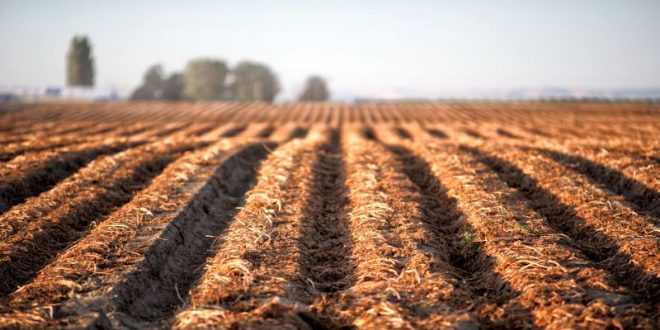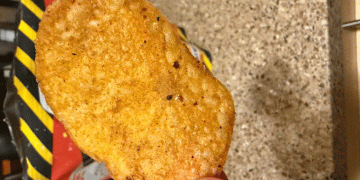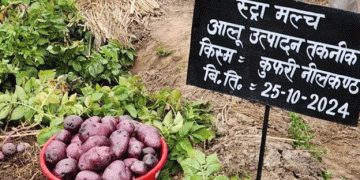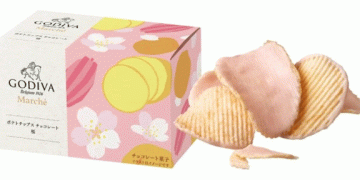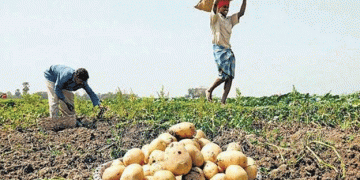The Canada-Manitoba Crop Diversification Center (CMCDC) is looking for ways to reduce the labor involved in removing green potato vines in the fall.
The practice is marketed as a way to combat pathogens such as black dot, Verticillium wilt, early blight, and other diseases that spread through potato crop residue. This is significant, according to experts, also because the combination of vine removal and rotation could reduce reliance on chemical control products, but in practice, the disruption to workflow makes it a difficult proposition.
According to Zachary Frederick, an applied potato research agronomist at the Carberry diversification center, removal reduces disease pressure. According to Manitoba Co-operator, many of these diseases can be kept at bay when combined with rotation.
Many of these fungi, particularly Verticillium and black dot, require the vine to break down to return the inoculum to the soil. With few other hosts for black dot, vines could be composted or buried in a non-potato-producing field.
The CMCDC is working on a project to address the labor issue. One proposal would have used a modified baler to remove vines, but the potential for equipment damage easily dispatched that idea.
Another suggestion would employ a cutter to slice vines just under the surface. Experts involved say that this is “great” because the crown where the potato comes out of the ground is where most of the Verticillium and the black dot is, so that is the way to “getting rid of the worst of the worst”.
A source: https://www.potatobusiness.com
